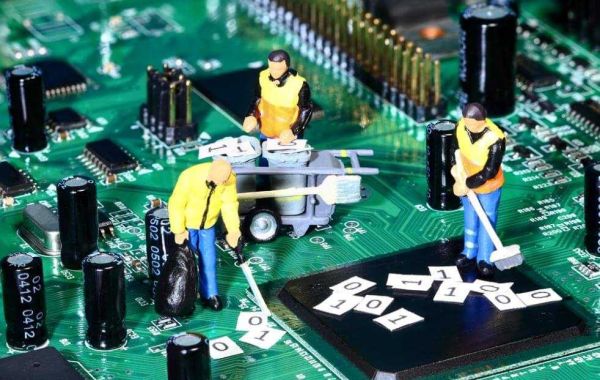Looking back at the epidemic in the past few years, the medical electronics market has been in a bull market with little fluctuation, showing a non-stop growth market. As you know, the demand for ventilators in the medical industry has exploded since the COVID-19 pandemic began to impact the global healthcare system. In 2019, the global demand for ventilators was only 77,000 units, but in April 2020, the demand in New York City alone reached 33,000 units. The same feature also includes forehead thermometers, which are hard to come by even after prices soared in the first few months of 2020. This series of time represents that the medical electronics industry is on the cusp, and even related electronic products can develop very well, such as: medical PCB (electronic components), medical plastic products, medical testing equipment, etc.
But in fact these sudden revenues did not make manufacturers happy, which largely affected the local supply chain, resulting in price confusion and lower profit margins as a result. Such unsustainable growth can suddenly collapse like a fall off a cliff. No company will welcome it or survive. For various reasons, we do not want the big market to be overwhelmed by short-term market fluctuations, but pay more attention to the long-term development of the medical electronics market.
Basic electronic medical facilities
From this incident, we should clearly realize that the medical system in the world today is relatively fragile. In addition to the capabilities of the medical industry itself, the supply capacity of its downstream manufacturers is also insufficient. When the whole world is eagerly waiting for medical supplies, PCB manufacturers cannot provide large quantities of PCBA to medical electronics manufacturers in a short time. At present, there are many PCBA companies in operation, but there are very few PCBA companies that meet the needs of medical PCB manufacturing and assembly. In addition to this example, there are many examples of insufficient downstream supply. We need to learn from these lessons and think about how to improve the medical electronics industry, whether it is downstream or upstream.
The most immediate impact on medical facilities is the development of cutting-edge medical equipment, which requires a government push. For example, the defibrillator is a kind of heart emergency equipment. Due to insufficient manufacturing capacity and insufficient promotion and research and development, people's recognition of it is not high. For this reason, the government needs to strictly implement manufacturing specifications and increase the promotion of high-density interconnection technology for PCB manufacturers.
The management of medical resources requires not only the addition and updating of hardware, but also the enhancement of "software". Huge growth opportunities exist in the use of technology to digitize healthcare resource management. For example, the use of RFID tags commonly used to manage surgical equipment can be extended to the management of medical equipment. Companies are already exploring ways to use NFC tags to manage critical resources such as medicines and vaccines to gather data and gain insights. As far as the "data" value chain is concerned, there are many "opportunities" from data detection, transmission to processing.
Accelerate the transformation of the operating model
The impact of the new crown on the medical industry is only reflected in the field of basic medical electronics, or it is a problem with the entire operating model. Traditional electronic medical manufacturers need to start manufacturing from the source, that is to say, they need to carry out PCB manufacturing, assembly, testing, finished product assembly, sales and other links. This model has obvious limitations, one of which is the small effective area, which is the most serious loophole in the new crown epidemic, and it is also the core problem that medical products cannot be supplied in time.
In order to solve this problem, the medical industry urgently needs more suppliers who provide medical PCBA services to build a new medical system. The PCBA service provider is responsible for the link of electronic components, the electronics manufacturer serves the finished product manufacturing link, and the seller serves the sale of medical electronics to the government and medical institutions. The core idea of this new operating model is to use IoT technology to deliver medical resources to patients faster. This can better achieve long-distance coverage, instant feedback, and efficient diagnosis and treatment.
New operating models have also spawned new products and solutions. More and more portable consumer medical devices such as blood pressure monitors, blood glucose meters, ECG monitors, and ultrasound scanners are entering people's lives, replacing (or supplementing) traditional professional medical equipment (increasing).
Implantable electronics are a sticking point for the new operating model. Originally, the manufacturing of medical PCBs is very difficult, and manufacturers also need to increase technical difficulties such as high density on this basis. Although HDI PCB can solve the stability and small size requirements of medical devices, it needs to pay higher fees, which reduces the speed of iterative updates.








